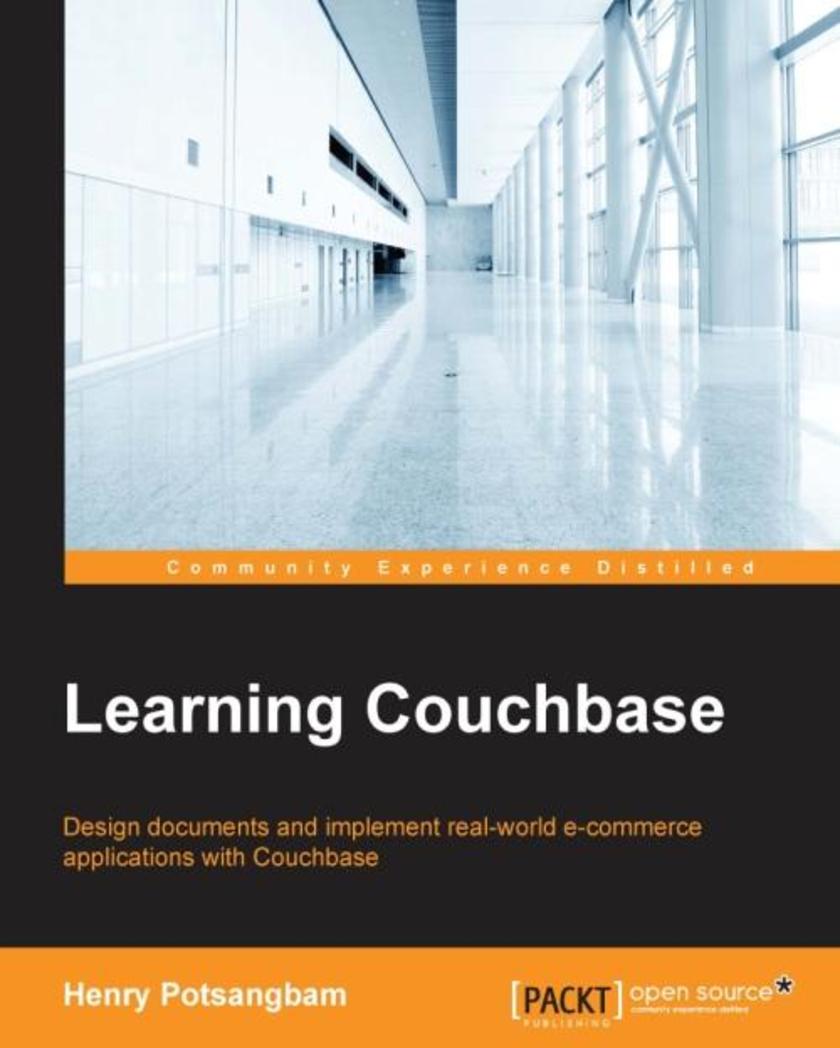
Learning Couchbase
¥80.65
Design documents and implement real world e-commerce applications with Couchbase About This Book Get acquainted with Couchbase architecture and design your document-based data schema Implement full text search using industry standard elastic search plugins Develop critical and high performance applications using this hands-on tutorial guide Who This Book Is For If you are new to the NoSQL document system or have little or no experience in NoSQL development and administration and are planning to deploy Couchbase for your next project, then this book is for you. It would be helpful to have a bit of familiarity with Java. What You Will Learn Get acquainted with the concept of NoSQL databases and configure your Couchbase database cluster Maintain Couchbase effectively using the web-based administrative console with ease Enable partition capabilities by making use of Buckets Analyze important design considerations for maintaining relationship between various documents Use Couchbase SDK Java API to store and retrieve document Write views using map/reduce to retrieve documents efficiently Get familiar with N1QL and how to use it in Java applications Integrate Couchbase with Elasticsearch to implement full text search Configure XDCR for disaster recovery and develop ecommerce application using Couchbase In Detail This book achieves its goal by taking up an end-to-end development structure, right from understanding NOSQL document design to implementing full fledged eCommerce application design using Couchbase as a backend. Starting with the architecture of Couchbase to get you up and running, this book quickly takes you through designing a NoSQL document and implementing highly scalable applications using Java API. You will then be introduced to document design and get to know the various ways to administer Couchbase. Followed by this, learn to store documents using bucket. Moving on, you will then learn to store, retrieve and delete documents using smart client base on Java API. You will then retrieve documents using SQL like syntax call N1QL. Next, you will learn how to write map reduce base views. Finally, you will configure XDCR for disaster recovery and implement an eCommerce application using Couchbase. Style and approach The book starts from absolute basics and slowly moves to more advanced topics ensuring at every step that all concepts and terms are understood by the reader to have complete understanding at every stage. Technical and complex terms are explained in clear and simple language, thus making this book a perfect companion for those who have started their journey to NoSQL using Couchbase
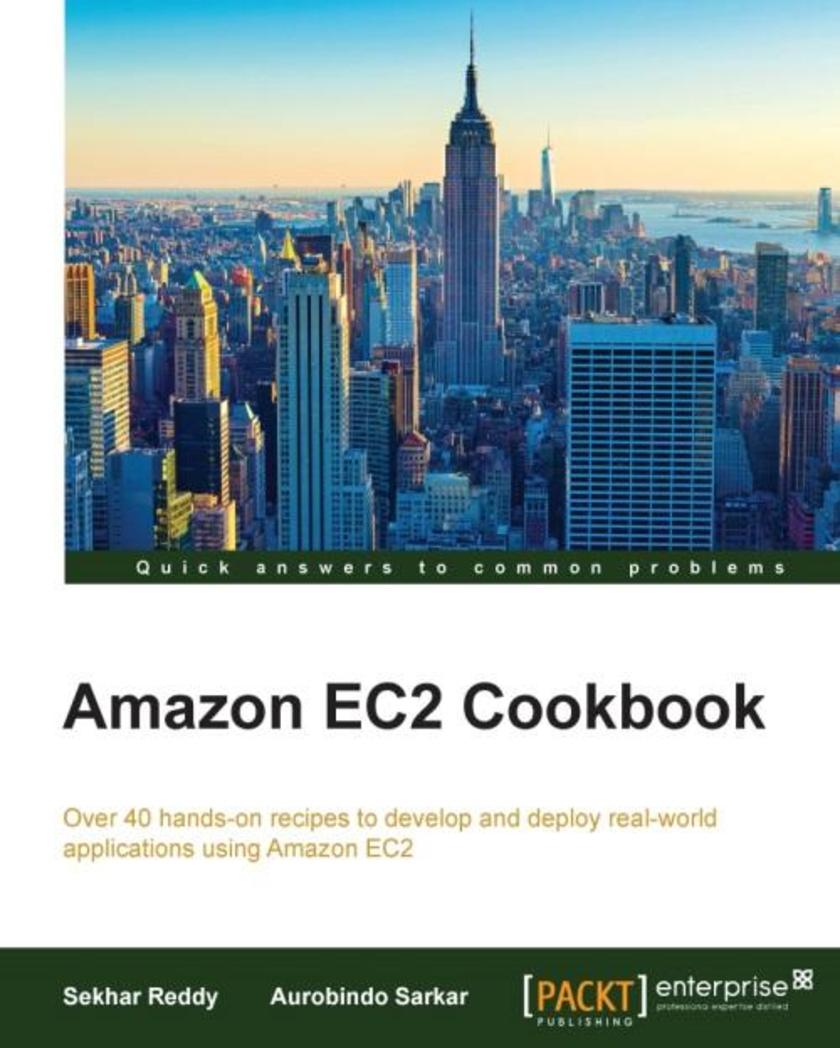
Amazon EC2 Cookbook
¥63.21
Over 40 hands-on recipes to develop and deploy real-world applications using Amazon EC2 About This Book Design and build applications using Amazon EC2 and a range of supporting AWS tools Find highly effective solutions to your AWS Cloud-based application development, deployment, and infrastructural issues A comprehensive set of recipes to implement your product’s functional and non-functional requirements Who This Book Is For This book is targeted at Cloud-based developers who have prior exposure to AWS concepts and features. Some experience in building small applications and creating some proof-of-concept applications is required. What You Will Learn Select and configure the right EC2 instances Create, configure, and secure a Virtual Private Cloud Create an AWS CloudFormation template Use AWS Identity and Access Management to secure access to EC2 instances Configure auto-scaling groups using CloudWatch Choose and use the right data service such as SimpleDB and DynamoDB for your cloud applications Access key AWS services using client tools and AWS SDKs Deploy AWS applications using Docker containers In Detail Amazon Elastic Compute Cloud (Amazon EC2) is a web service that provides flexible and resizable compute capacity in the cloud. The main purpose of Amazon EC2 is to make web-scale cloud computing easier for the developers. It offers developers and companies the raw building blocks like load balancers, object stores and virtual machines running on general hardware (that is, Amazon runs a multitude of hardware components but presents them as a generic utility to its users) with accessible APIs in order to create scalable software products This book covers designing, developing, and deploying scalable, highly available, and secure applications on the AWS platform. By following the steps in the recipes, you will be able to effectively and systematically resolve issues related to development, deployment, and infrastructure for enterprise-grade cloud applications or products. This book starts with helping you choose and configure the right EC2 instances to meet your application-specific requirements. The book then moves on to creating a CloudFormation template and will teach you how to work with stacks. You will then be introduced to using IAM services to configure users, groups, roles, and multi-factor authentication. You will also learn how to connect AD to AWS IAM. Next, you will be using AWS data services and accessing other AWS services including Route 53, Amazon S3, and AWS SES (Amazon Simple Email Service). Finally, you will be deploying AWS applications using Docker containers. Style and approach This book contains a rich set of recipes that cover not only the full spectrum of real-world cloud application development using Amazon EC2, but also the services and security of the applications. The book contains easy-to-follow recipes with step-by-step instructions to leverage EC2 within your applications.
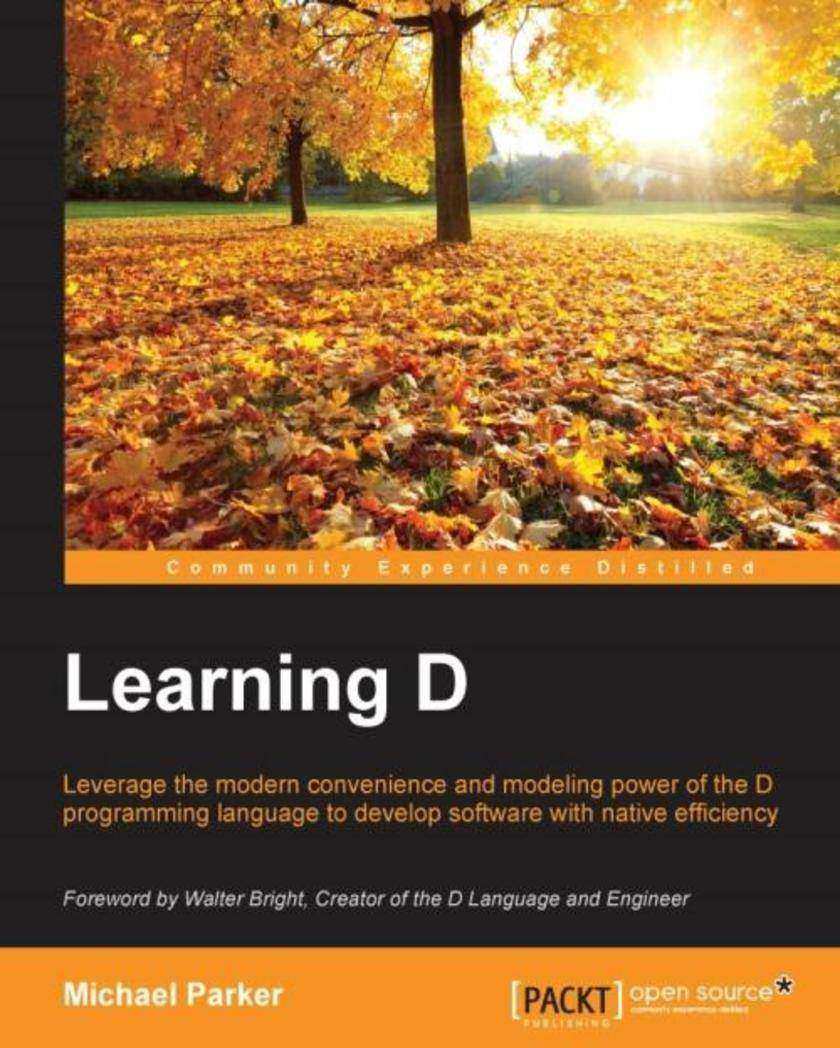
Learning D
¥90.46
Leverage the modern convenience and modelling power of the D programming language to develop software with native efficiency About This Book Acquire the skills to understand the fundamentals of D through its support for imperative and object-oriented programming Take advantage of D’s powerful compile-time features, templates and ranges to apply generative, generic, and functional style A systematic guide that will help you become familiar with the concepts in D with the help of simple and easy-to-understand examples Who This Book Is For This book is intended for those with some background in a C-family language who want to learn how to apply their knowledge and experience to D. Perhaps you’re a college student looking to use D for hobby projects, or a career programmer interested in expanding your skillset. This book will help you get up to speed with the language and avoid common pitfalls that arise when translating C-family experience to D. What You Will Learn Compile programs with DMD and manage projects with DUB Work efficiently by binding your D programs with new and existing C libraries Generate code at compile-time to enhance runtime performance Implement complex templates for more powerful generic code Write idiomatic D with range-based functional pipelines Use the DUB repository to find a link with a variety of D libraries Implement a web-app in D from the ground up In Detail D is a modern programming language that is both powerful and efficient. It combines multiple paradigms in a way that opens up a whole new world of software design. It is used to develop both desktop and web applications, with future targets including mobile, and is available on multiple platforms. It is familiar to anyone with some experience in one or more of the C-family languages. However, hidden in the similarities are several differences that can be surprising when trying to apply common idioms from other languages. When learning D on your own, this can make it more time-consuming to master. In order to make the most of the language and become an idiomatic D programmer, it’s necessary to learn how to think in D. This book familiarizes you with D from the ground up, with a heavy focus on helping you to avoid surprises so that you can take your D knowledge to the next level more quickly and painlessly. Your journey begins with a taste of the language and the basics of compiling D programs with DMD, the reference D compiler developed by Digital Mars, and DUB, a community-developed build utility and package manager. You then set out on an exploration of major language features. This begins with the fundamentals of D, including built-in types, conditionals, loops and all of the basic building-blocks of a D program, followed by an examination of D’s object-oriented programming support. You’ll learn how these features differ from languages you may already be familiar with. Next up are D’s compile-time features, such as Compile-Time Function Evaluation and conditional compilation, then generic programming with templates. After that, you’ll learn the more advanced features of ranges and functional pipeline programming. To enhance your D experience, you are next taken on a tour of the D ecosystem and learn how to make D interact with C. Finally, you get a look at D web development using the vibe.d project and the book closes with some handy advice on where to go next. Style and approach A friendly guide to the D programming language and its ecosystem that walks programmers through all they need to know for a painless experience in learning D.
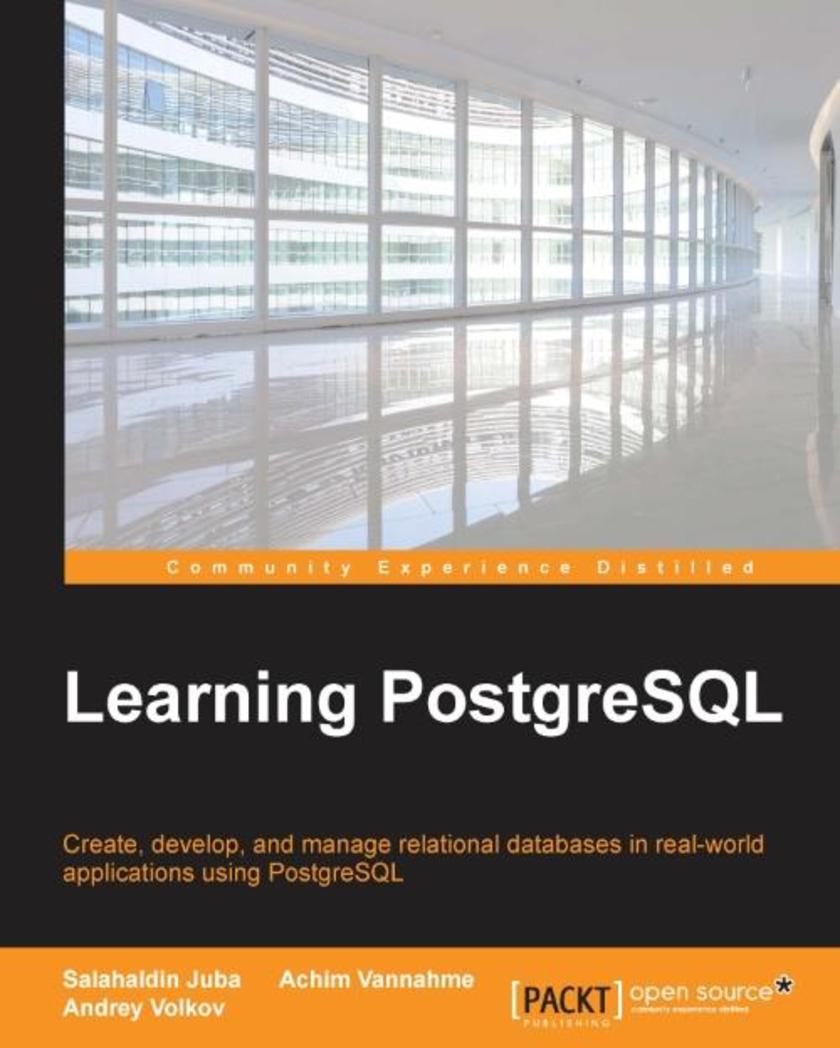
Learning PostgreSQL
¥99.18
Create, develop and manage relational databases in real world applications using PostgreSQL About This Book Learn about the PostgreSQL development life cycle including its testing and refactoring Build productive database solutions and use them in Java applications A comprehensive guide to learn about SQL, PostgreSQL procedural language and PL/pgSQL Who This Book Is For If you are a student, database developer or an administrator, interested in developing and maintaining a PostgreSQL database, then this book is for you. No knowledge of database programming or administration is necessary. Readers should, however, know SQL. What You Will Learn Learn concepts of data modelling and relation algebra Install and set up PostgreSQL database server and client software Implement data structures in PostgreSQL Manipulate data in the database using SQL Implement data processing logic in the database with stored functions, triggers and views Test database solutions and assess the performance Integrate database with Java applications Detailed knowledge of the main PostgreSQL building objects, most used extensions Practice database development life cycle including analysis, modelling, (documentation), testing, bug fixes and refactoring In Detail PostgreSQL is one of the most powerful and easy to use database management systems. It has strong support from the community and is being actively developed with a new release every year. PostgreSQL supports the most advanced features included in SQL standards. Also it provides NoSQL capabilities, and very rich data types and extensions. All that makes PostgreSQL a very attractive solution in various kinds of software systems. The book starts with the introduction of relational databases with PostegreSQL. It then moves on to covering data definition language (DDL) with emphasis on PostgreSQL and common DDL commands supported by ANSI SQL. You will then learn the data manipulation language (DML), and advanced topics like locking and multi version concurrency control (MVCC). This will give you a very robust background to tune and troubleshoot your application. The book then covers the implementation of data models in the database such as creating tables, setting up integrity constraints, building indexes, defining views and other schema objects. Next, it will give you an overview about the NoSQL capabilities of PostgreSQL along with Hstore, XML, Json and arrays. Finally by the end of the book, you'll learn to use the JDBC driver and manipulate data objects in the Hibernate framework. Style and approach An easy-to-follow guide to learn programming build applications with PostgreSQL, and manage a PostgreSQL database instance.
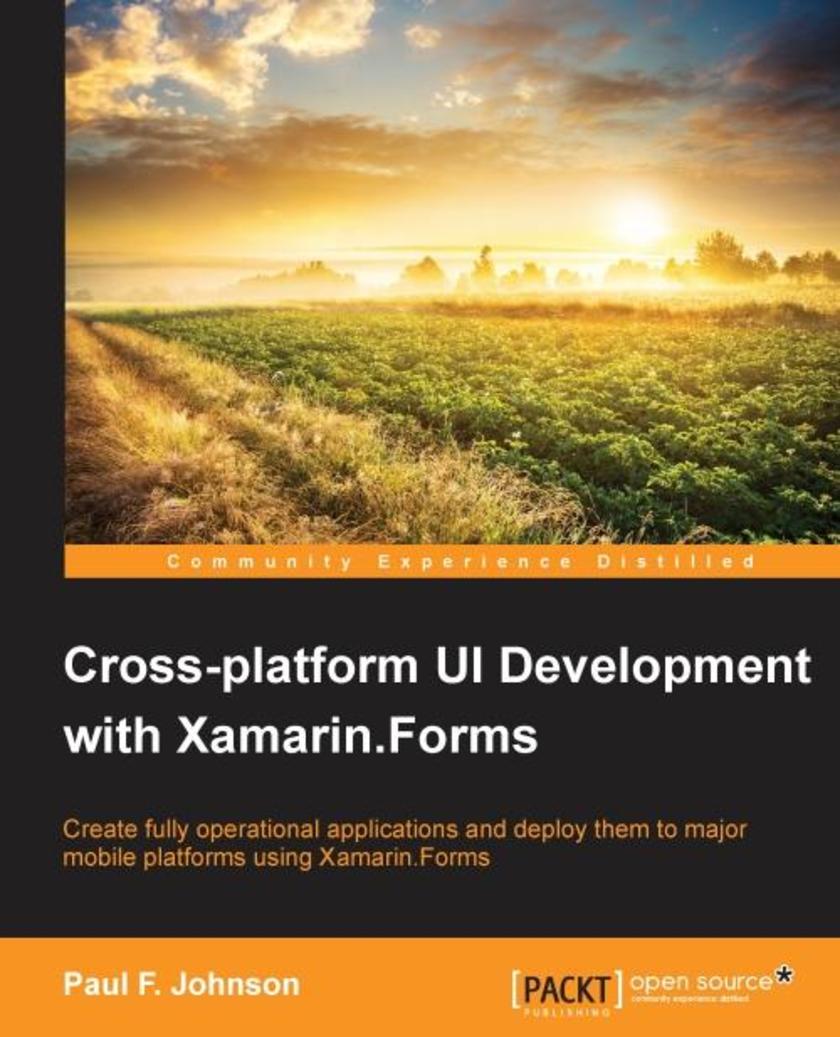
Cross-platform UI Development with Xamarin.Forms
¥80.65
This book is intended for mobile software developers who are fed up with having three different code sets for the same application. If you want to put your code on all mobile platforms with minimum fuss, and just want to develop but haven't got the time to be digging too far into a particular platform, this is the book for you. Some basic knowledge of C# is assumed.
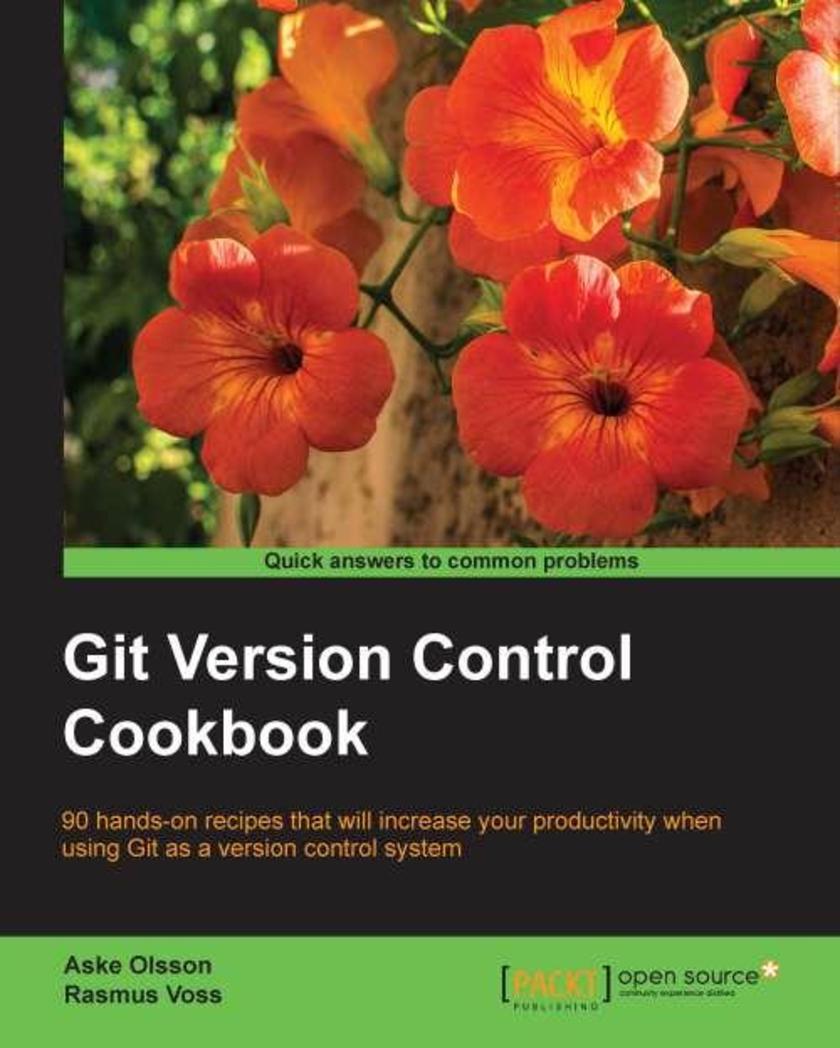
Git Version Control Cookbook
¥80.65
This practical guide contains a wide variety of recipes, taking you through all the topics you need to know about to fully utilize the most advanced features of the Git system. If you are a software developer or a build and release engineer who uses Git in your daily work and want to take your Git knowledge to the next level, then this book is for you. To understand and follow the recipes included in this book, basic knowledge of Git command-line code is mandatory.
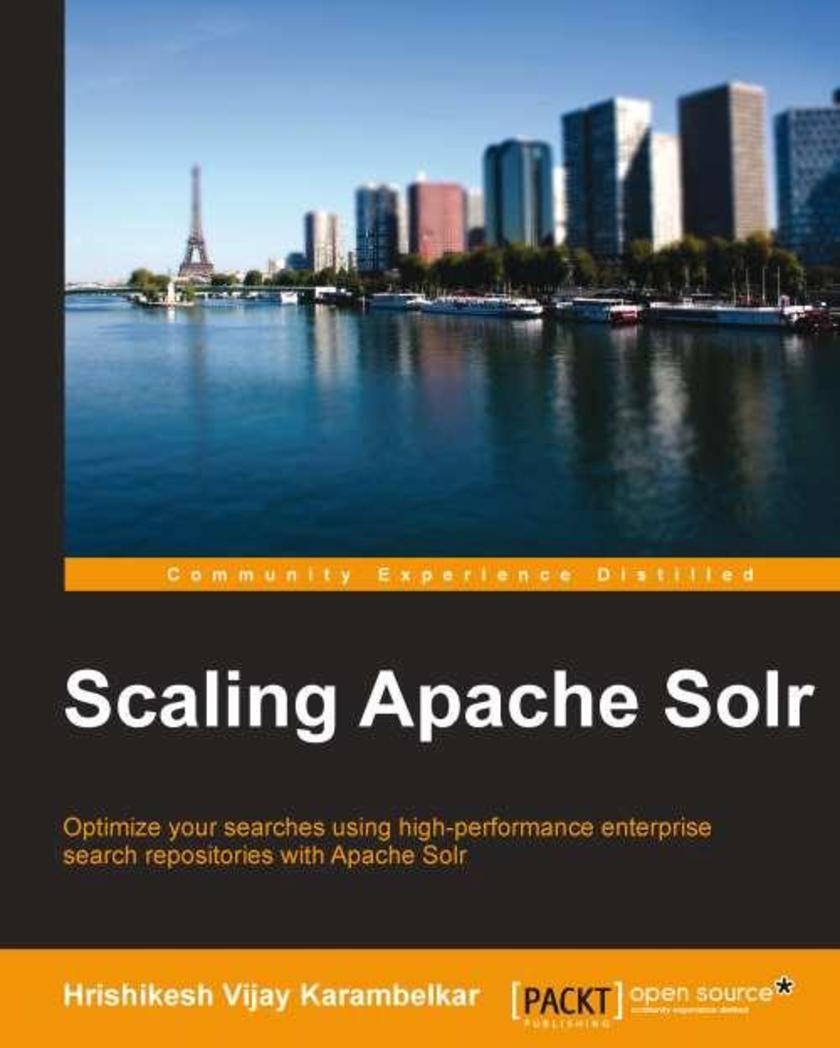
Scaling Apache Solr
¥79.56
This book is a step-by-step guide for readers who would like to learn how to build complete enterprise search solutions, with ample real-world examples and case studies. If you are a developer, designer, or architect who would like to build enterprise search solutions for your customers or organization, but have no prior knowledge of Apache Solr/Lucene technologies, this is the book for you.
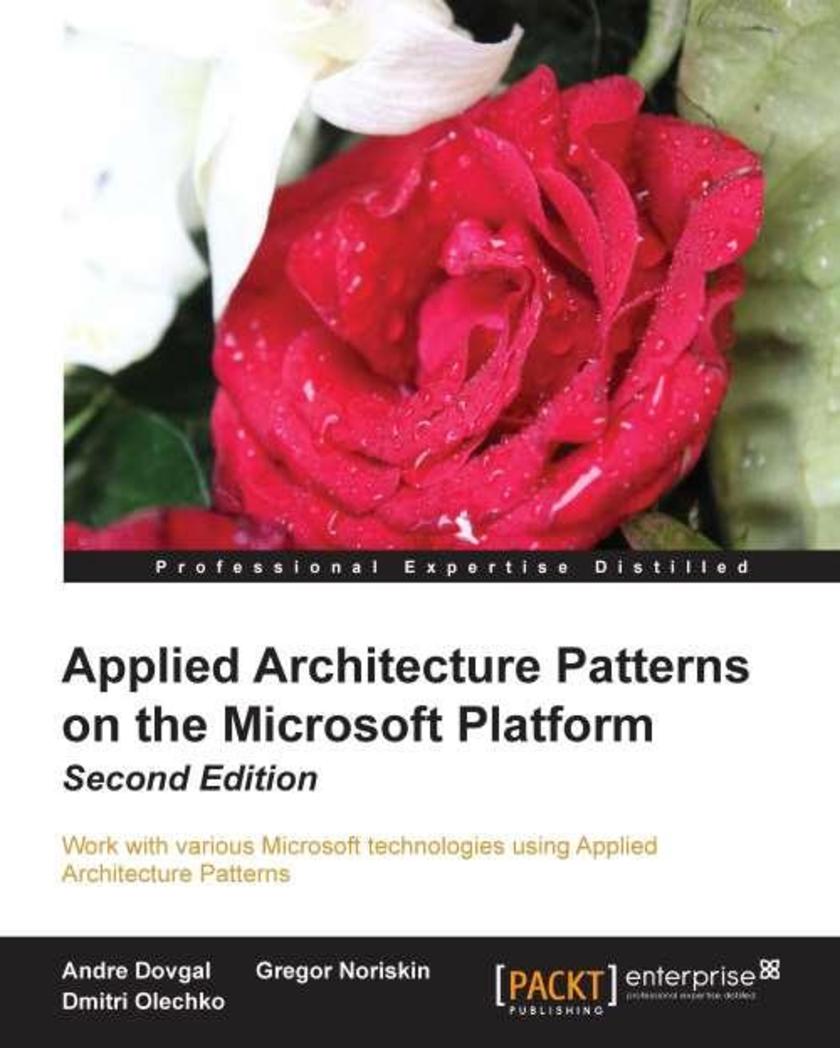
Applied Architecture Patterns on the Microsoft Platform - Second Edition
¥107.90
Presented in a scenario-driven tutorial way, we lead you through fictitious example problems and present you with the best solutions. This book is intended for architects, developers, and managers who need to improve their knowledge of the Microsoft application platform. This book will appeal to anyone, especially consultants, who want to get up to speed on selecting the most appropriate platform for a particular problem. A good understanding of the general Windows platform and development technologies would be helpful.
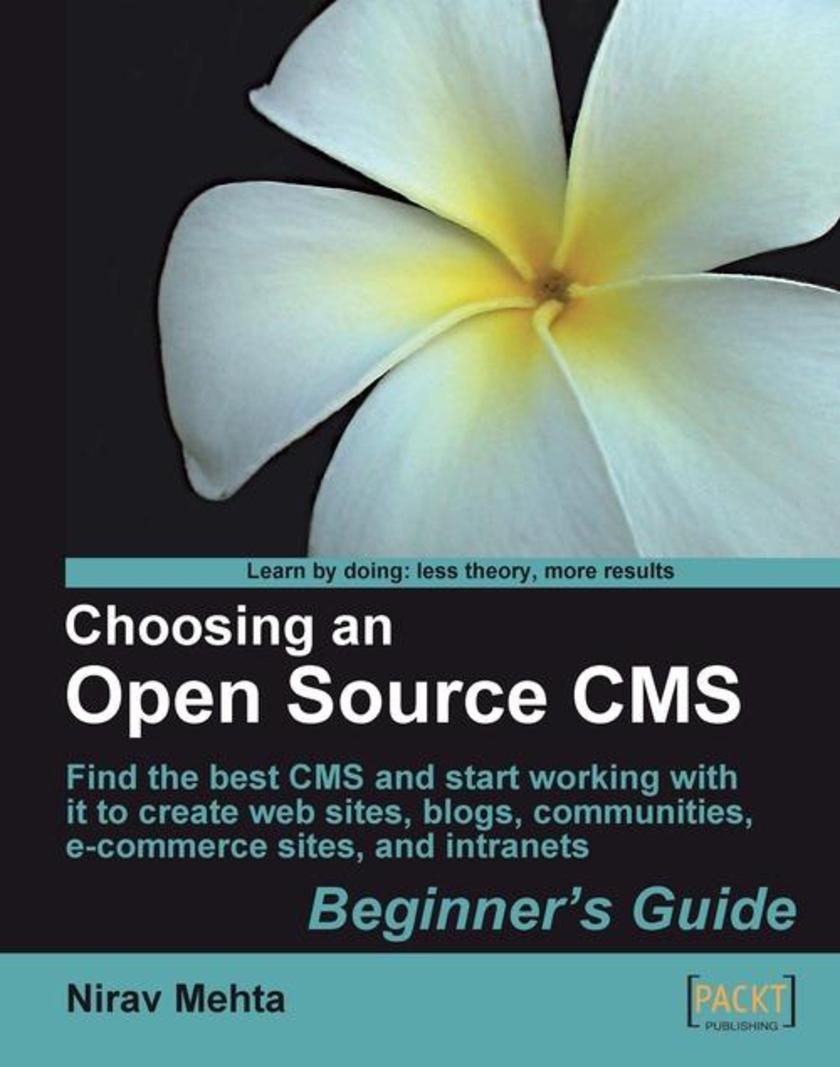
Choosing an Open Source CMS: Beginner's Guide
¥71.93
This is a practical guide that takes a task-centered approach. Each task is stepped through with detailed instructions. You will come across many step-by-step examples with plenty of screenshots and resources. This book provides all the support and guidance you need as you begin to work with CMSs. It even has additional tasks that you can carry out to build your skills further. Everything is oriented towards managing content with a CMS. This book is written for anyone who wants to start a web site and is looking for a good CMS. It is best suited for people who are selecting a CMS for their sites and people who will manage a CMS. Knowledge of web basics is certainly helpful, but not needed.
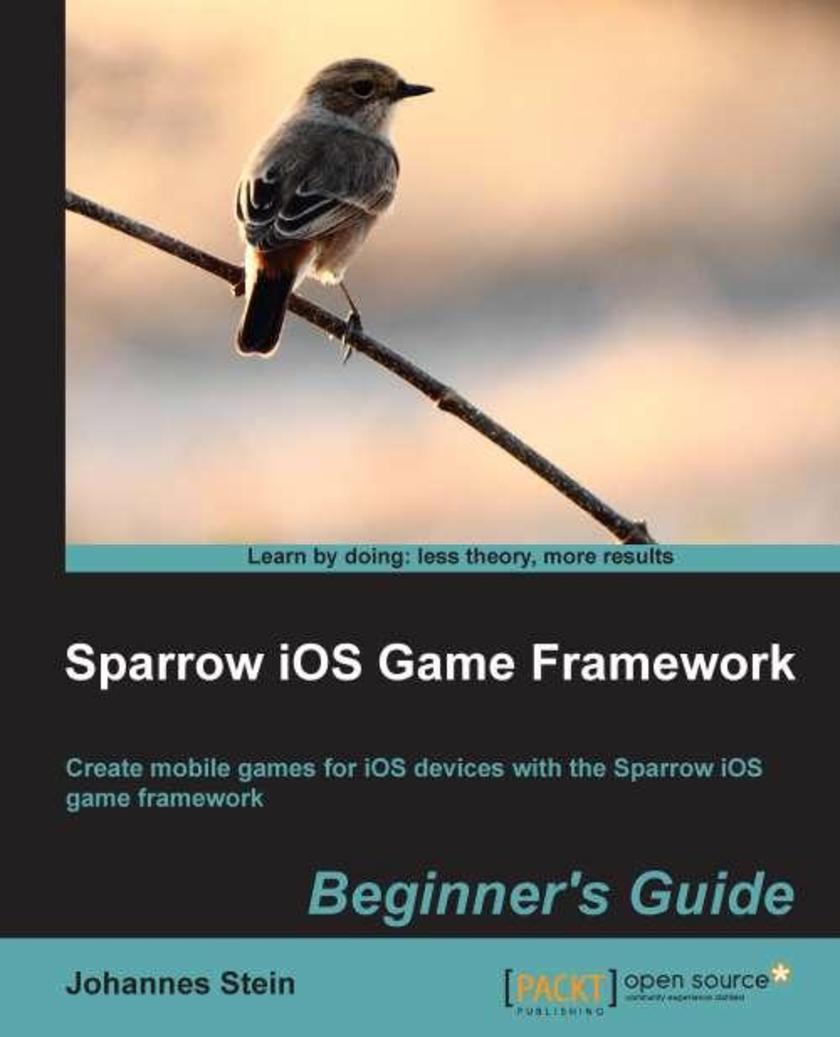
Sparrow iOS Game Framework Beginner's Guide
¥80.65
An easy-to-follow guide full of de*ive step-by-step procedures on how to develop a game for iOS. With each topic, a new challenge will be tackled to get a deeper knowledge of the Sparrow game framework and gain the skills to develop a complete mobile experience. This book is aimed at those who have always wanted to create their own games for iOS devices. Perhaps you've already dabbled in game development and want to know how to develop games for the Apple App Store, or maybe you have developed Objective-C apps in the past but you are new to game development. In either case, this book will help with de*ive examples and teach you to develop a game throughout its course. Some experience in Objective-C and a basic understanding of object-oriented programming are required.
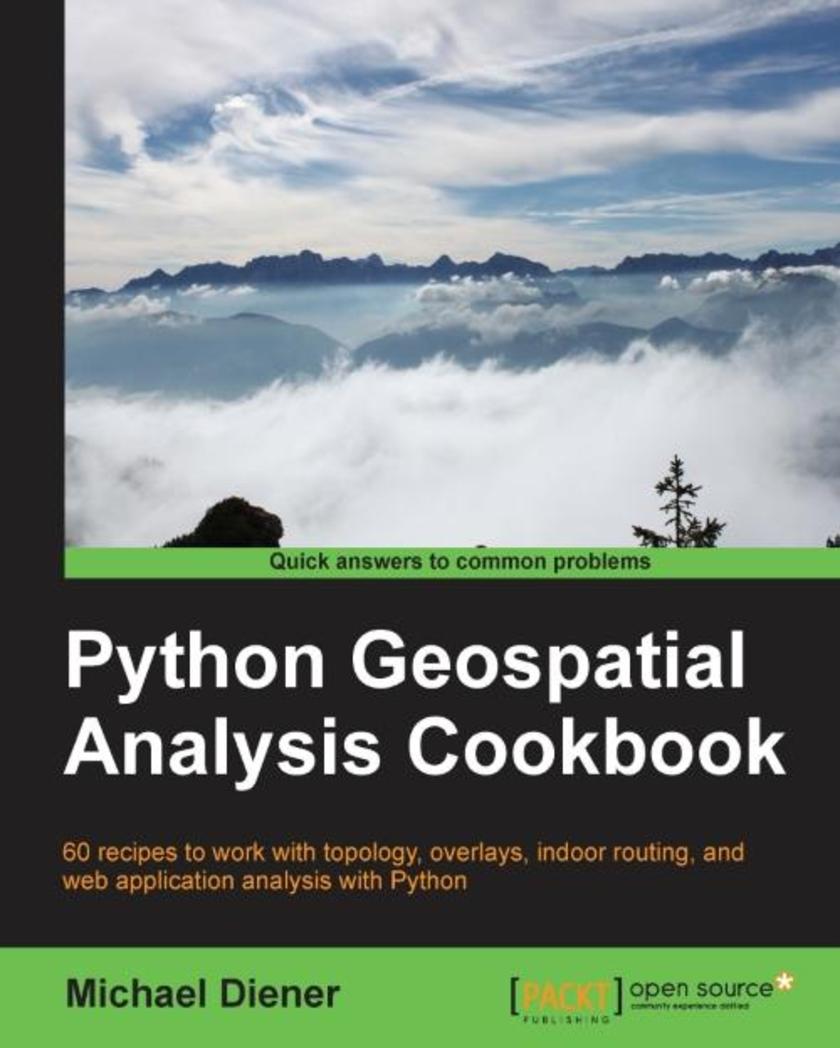
Python Geospatial Analysis Cookbook
¥90.46
Over 60 recipes to work with topology, overlays, indoor routing, and web application analysis with Python About This Book Explore the practical process of using geospatial analysis to solve simple to complex problems with reusable recipes Concise step-by-step instructions to teach you about projections, vector, raster, overlay, indoor routing and topology analysis Create a basic indoor routing application with geodjango Who This Book Is For If you are a student, teacher, programmer, geospatial or IT administrator, GIS analyst, researcher, or scientist looking to do spatial analysis, then this book is for you. Anyone trying to answer simple to complex spatial analysis questions will get a working demonstration of the power of Python with real-world data. Some of you may be beginners with GIS, but most of you will probably have a basic understanding of geospatial analysis and programming. What You Will Learn Discover the projection and coordinate system information of your data and learn how to transform that data into different projections Import or export your data into different data formats to prepare it for your application or spatial analysis Use the power of PostGIS with Python to take advantage of the powerful analysis functions Execute spatial analysis functions on vector data including clipping, spatial joins, measuring distances, areas, and combining data to new results Create your own set of topology rules to perform and ensure quality assurance rules in Python Find the shortest indoor path with network analysis functions in easy, extensible recipes revolving around all kinds of network analysis problems Visualize your data on a map using the visualization tools and methods available to create visually stunning results Build an indoor routing web application with GeoDjango to include your spatial analysis tools built from the previous recipes In Detail Geospatial development links your data to places on the Earth’s surface. Its analysis is used in almost every industry to answer location type questions. Combined with the power of the Python programming language, which is becoming the de facto spatial *ing choice for developers and analysts worldwide, this technology will help you to solve real-world spatial problems. This book begins by tackling the installation of the necessary software dependencies and libraries needed to perform spatial analysis with Python. From there, the next logical step is to prepare our data for analysis; we will do this by building up our tool box to deal with data preparation, transformations, and projections. Now that our data is ready for analysis, we will tackle the most common analysis methods for vector and raster data. To check or validate our results, we will explore how to use topology checks to ensure top-quality results. This is followed with network routing analysis focused on constructing indoor routes within buildings, over different levels. Finally, we put several recipes together in a GeoDjango web application that demonstrates a working indoor routing spatial analysis application. The round trip will provide you all the pieces you need to accomplish your own spatial analysis application to suit your requirements. Style and approach Easy-to-follow, step-by-step recipes, explaining from start to finish how to accomplish real-world tasks.

BeagleBone Black Cookbook
¥80.65
Over 70 recipes and solutions for inventors, makers, and budding engineers to create projects using the BeagleBone Black About This Book ?Learn how to develop applications with the BeagleBone Black and open source Linux software ?Sharpen your expertise in making sophisticated electronic devices ?Explore the BeagleBone Black with this easy-to-succeed recipe format Who This Book Is For If you are a hardware, Linux, and/or microcomputing novice, or someone who wants more power and possibilities with product prototypes, electronic art projects, or embedded computing experiments, then this book is for you. It is for Internet of Things enthusiasts who want to use more sophisticated hardware than the Raspberry Pi or the Arduino can provide. Whether you are an engineering student, a DIYer, an inventor, or an advanced electronics enthusiast, this book delivers accessible, compelling instructions for using an advanced microcomputing platform. What You Will Learn ?Set up and run the BeagleBone Black for the first time ?Learn the basics of microcomputing and Linux using the command line and easy kernel mods ?Make introductory projects with Python, JavaScript, BoneScript, and Node.js ?Explore physical computing and simple circuits using buttons, LEDs, sensors, and motors ?Discover the unique features of the BeagleBone Black and its real-time computing functions ?Build intermediate level audio and video applications ?Assemble draft prototypes for wearable and Internet of Things devices In Detail With dozens of how-tos, this book kicks off with the basic steps for setting up and running the BeagleBone Black for the first time, from connecting the necessary hardware and using the command line with Linux commands to installing new software and controlling your system remotely. Following these recipes, more advanced examples take you through *ing, debugging, and working with software source files, eventually working with the Linux kernel. Subsequently, you will learn how to exploit the board's real-time functions. We will then discover exciting methods for using sound and video with the system before marching forward into an exploration of recipes for building Internet of Things projects. Finally, the book finishes with a dramatic arc upward into outer space, when you explore ways to set up test recipes for building a project on board a small satellite's payload. Style and approach This comprehensive recipe book deconstructs a complex, often confusing piece of technology, and transforms it to become accessible and fun with snappy, unintimidating prose, and extensive easy-to-succeed instructions.
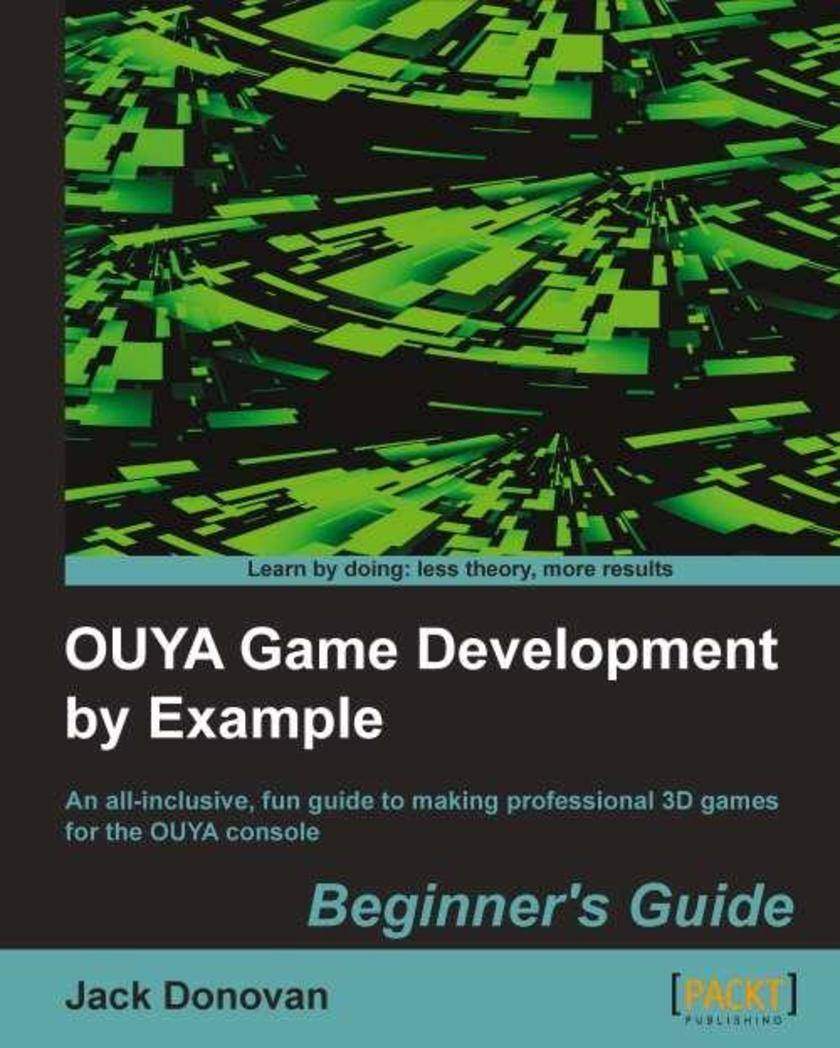
OUYA Game Development by Example
¥71.93
"OUYA Game Development by Example" consists of different game application examples. No prior experience with programming is required. You will learn everything from scratch and will have an organized flow of information specifically designed for complete beginners. Using this book, you can get started with creating games without any game development experience. This book is perfect for anyone that wants to make video games but is unsure of where to start. It covers elements of game design, art, and programming comprehensively, and the engine used throughout all of the tutorials is very beginnerfriendly. No prior knowledge is assumed or required for the tutorials in this book.
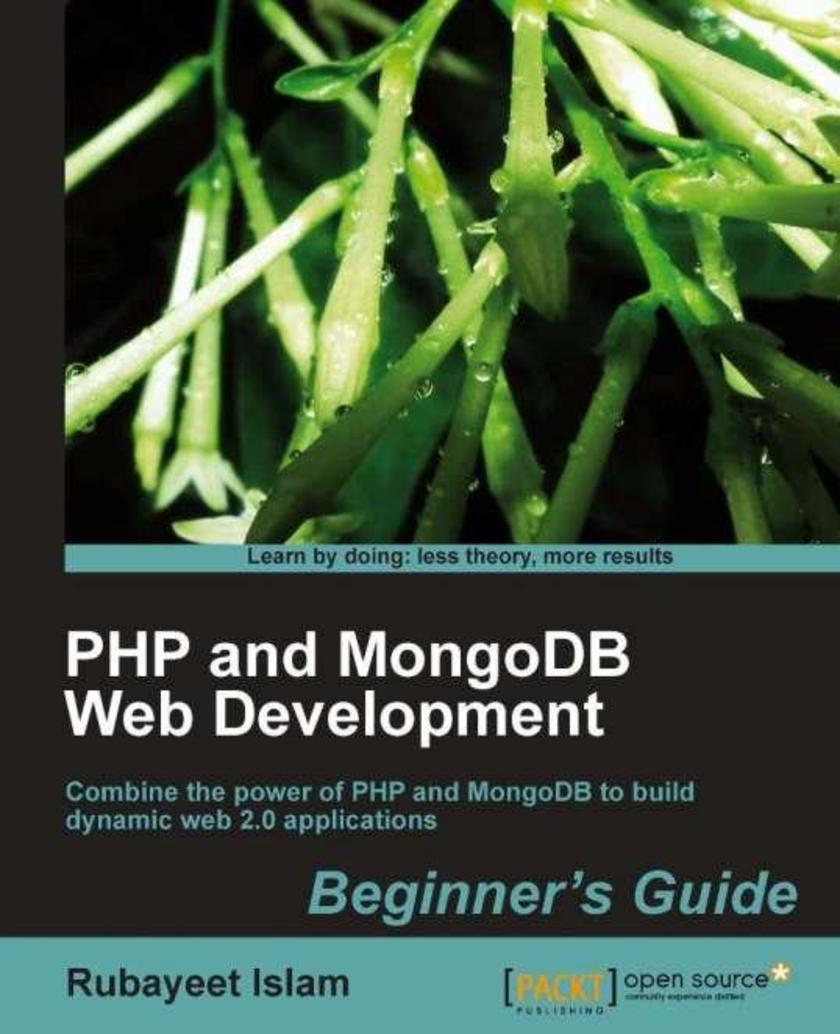
PHP and MongoDB Web Development Beginner’s Guide
¥80.65
The book follows a "Code first, explain later" approach, using practical examples in PHP to demonstrate unique features of MongoDB. This book is packed with step-by-step instructions and practical examples, along with challenges to test and improve your knowledge. This book assumes that you are experienced in web application development using PHP, HTML, and CSS. Having working knowledge of using a relational database system such as MySQL will help you grasp some of the concepts quicker, but it is not strictly mandatory. No prior knowledge of MongoDB is required.
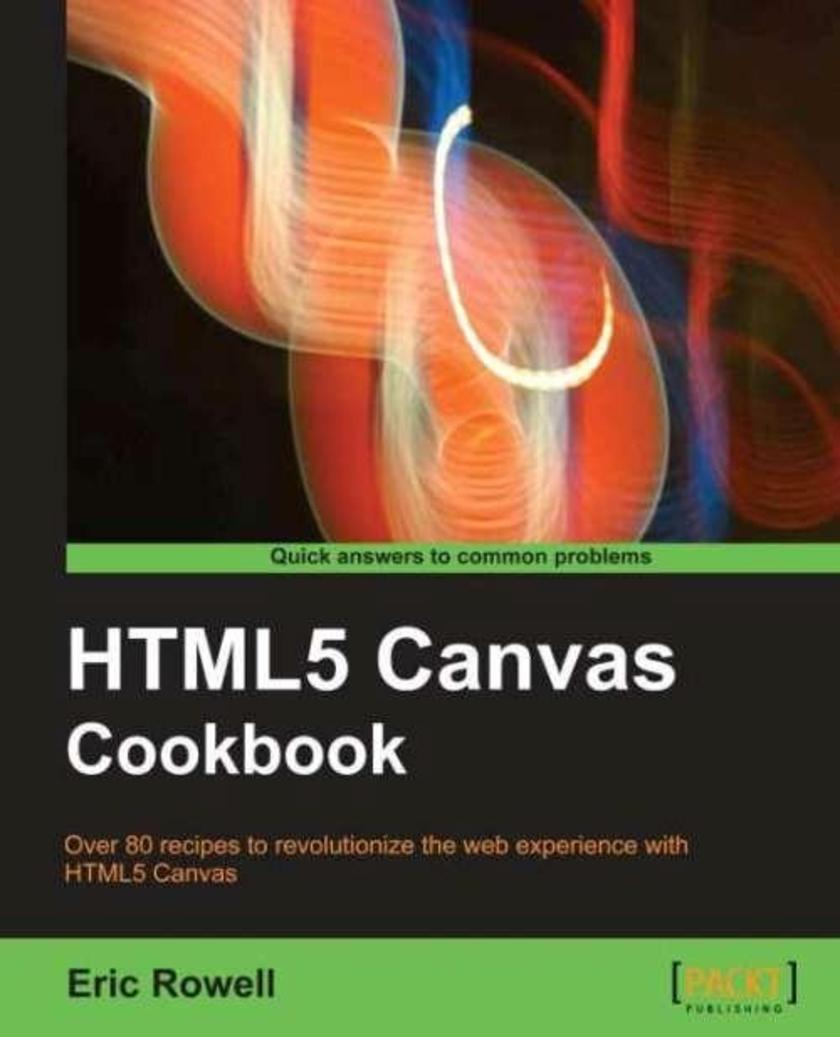
HTML5 Canvas Cookbook
¥71.93
Written in cookbook style, this book offers a wide array of techniques for building HTML5 Canvas applications. Each recipe contains step-by-step instructions followed by analysis of what was done in each task and other useful information. The book is designed so that you can read it chapter by chapter, or you can look at the list of recipes and refer to them in no particular order. This book is geared towards web developers who are familiar with HTML and JavaScript. It is written for both beginners and seasoned HTML5 developers with a good working knowledge of JavaScript.
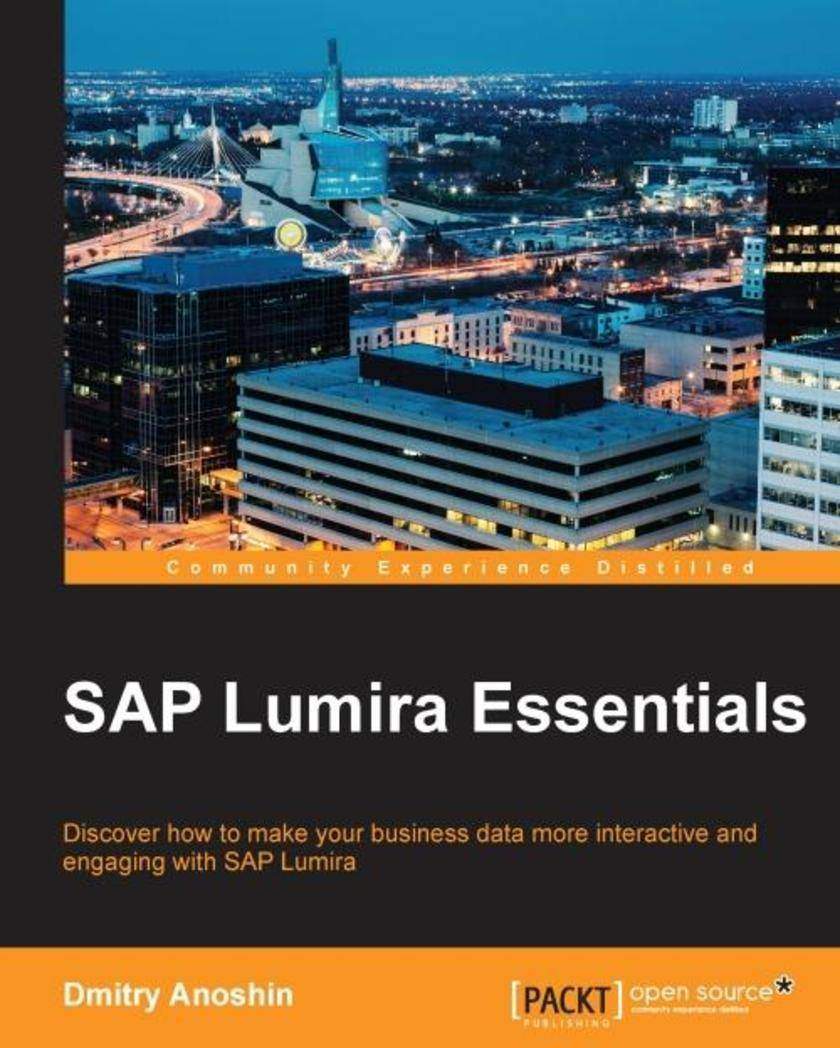
SAP Lumira Essentials
¥80.65
Discover how to make your business data more interactive and engaging with SAP Lumira About This Book Create a powerful data discovery experience with the advanced capabilities of SAP Lumira Find business insights in your data through data blending, wrangling, transformation, and visualization A fast-paced guide packed with hands-on practical examples, real-world solutions, and best practices to get you started with SAP Lumira Who This Book Is For If you are a SAP user, business analyst, BI developer, or a junior data engineer who wants to use SAP Lumira to build creative visualizations, this book is for you. You should have a reasonable level of knowledge of SAP Business Objects and its components. What You Will Learn Deploy SAP Lumira on your computer and learn more about the SAP Lumira interface Extract data from different sources using SAP Lumira’s data connecters Prepare, filter, clean, and format your data Discover visualization techniques and data discovery methods Administrate and customize SAP Lumira to get basic knowledge of its SDK Create various charts to deliver fantastic data visualizations Connect to SAP BusinessObjects BI Platform and SAP HANA to extract, prepare, and visualize data In Detail SAP Lumira allows you to combine data from multiple sources into a single view and create engaging visualizations quickly and easily. It is a reporting platform that helps users access data and independently perform analysis. With the increasing interest in data discovery, self-service BI, and visualization around the world, tools like SAP Lumira help to eliminate the complexities of analyzing and discovering data. Learn data discovery techniques, build amazing visualizations, create fantastic stories, and share your visualizations through an electronic medium with one of the most powerful tools around—SAP Lumira. You will begin with an overview of the SAP Lumira family of products. You will then go through various data discovery techniques using real-world scenarios of an online e-commerce retailer through detailed recipes on the installation, administration, and customization of SAP Lumira. Next, you will work with data, starting from acquiring data from various data sources, then preparing and visualizing it using the rich functionality of SAP Lumira. Finally, you will present data via a data story or infographic and publish it across your organization or on the World Wide Web. Style and approach This is a step-by-step guide to learning SAP Lumira essentials packed with examples on real-world problems and solutions.
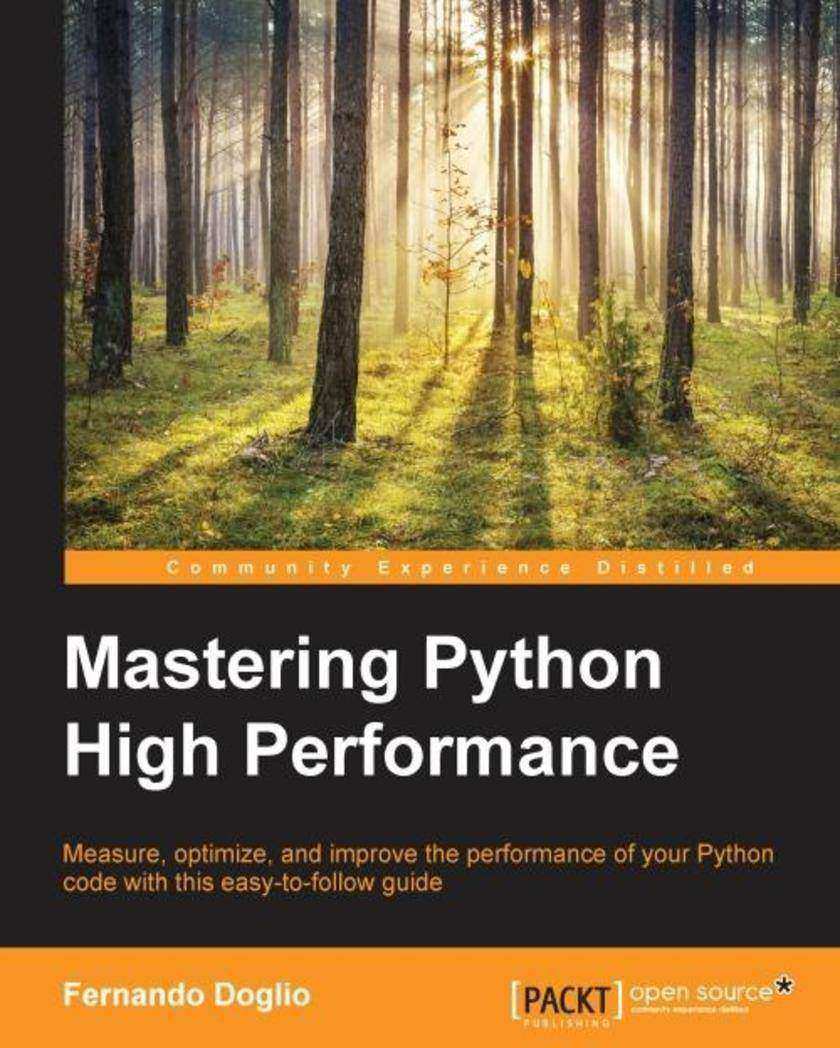
Mastering Python High Performance
¥71.93
Measure, optimize, and improve the performance of your Python code with this easy-to-follow guide About This Book Master the do's and don'ts of Python performance programming Learn how to use exiting new tools that will help you improve your *s A step-by-step, conceptual guide to teach you how to optimize and fine-tune your critical pieces of code Who This Book Is For If you're a Python developer looking to improve the speed of your *s or simply wanting to take your skills to the next level, then this book is perfect for you. What You Will Learn Master code optimization step-by-step and learn how to use different tools Understand what a profiler is and how to read its output Interpret visual output from profiling tools and improve the performance of your * Use Cython to create fast applications using Python and C Take advantage of PyPy to improve performance of Python code Optimize number-crunching code with NumPy, Numba, Parakeet, and Pandas In Detail Simply knowing how to code is not enough; on mission-critical pieces of code, every bit of memory and every CPU cycle counts, and knowing how to squish every bit of processing power out of your code is a crucial and sought-after skill. Nowadays, Python is used for many scientific projects, and sometimes the calculations done in those projects require some serious fine-tuning. Profilers are tools designed to help you measure the performance of your code and help you during the optimization process, so knowing how to use them and read their output is very handy. This book starts from the basics and progressively moves on to more advanced topics. You’ll learn everything from profiling all the way up to writing a real-life application and applying a full set of tools designed to improve it in different ways. In the middle, you’ll stop to learn about the major profilers used in Python and about some graphic tools to help you make sense of their output. You’ll then move from generic optimization techniques onto Python-specific ones, going over the main constructs of the language that will help you improve your speed without much of a change. Finally, the book covers some number-crunching-specific libraries and how to use them properly to get the best speed out of them. After reading this book, you will know how to take any Python code, profile it, find out where the bottlenecks are, and apply different techniques to remove them. Style and approach This easy-to-follow, practical guide will help you enhance your optimization skills by improving real-world code.
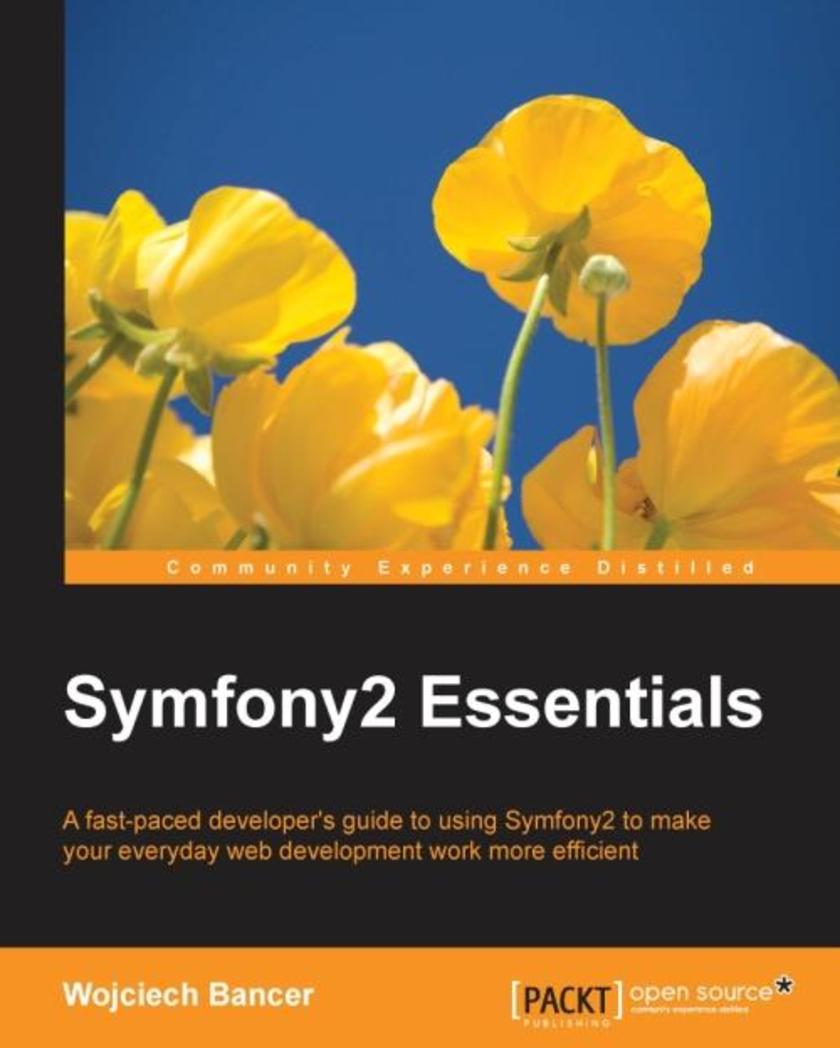
Symfony2 Essentials
¥54.49
A fast-paced developer's guide to using Symfony2 to make your everyday web development work more efficient Key Features Build web applications with the latest features of Symfony2 Focus on common tasks such as creating CRUD, creating an API, and providing a login Install and configure Symfony2 and evaluate it for your everyday needs Who This Book Is For This book is aimed at experienced programmers, especially those familiar with a closely related technology such as Yii or Laravel, but who now want to learn Symfony quickly. This book will also prove beneficial for experienced PHP developers who want to explore and evaluate new frameworks and their possibilities in day-to-day tasks. What You Will Learn Familiarise yourself with the Symfony framework, its latest features, and how to install it Discover the concept of bundles and their application Handle translations within Symfony, enable translations, and learn how to handle database translations Understand Symfony's security model, how to secure applications, and implement a custom authentication provider by using FOSUserBundle Explore the use of Twig, find best practices around its usage, and discover its common pitfalls Create internal commands that will handle sending e-mail reminders for your app Develop a plugin for the profiler to provide custom information about your application Deploy applications based on Symfony2 using various methods including simple FTP copying, rsync, CI deployment, and more In Detail Symfony is a free and open source PHP MVC web application development framework, which helps you create and maintain web applications and replace recurrent coding tasks. It integrates with an independent library, PHPUnit, to give you a rich testing framework. It is one of the best and most popular frameworks available on the market. Popular projects such as Drupal, Laravel, and phpBB also use Symfony. Its well-organized structure, clean code, and good programming practices make web development a breeze. Symfony2 Essentials will guide you through the process of creating a sample web application with Symfony2. You will create a To-Do application, using a few of the most commonly used Symfony2 components, and discover how to perform these development tasks efficiently. This book introduces you to the Symfony framework with a quick installation guide and a brief explanation of its key features including the MVC architecture, twig templating, dependency injection, and more. You will learn to manage dependencies, create controllers, views, and API calls, and secure your application. Next, you will go through the steps that are common for most web applications, which include writing CRUD and AJAX, handling forms, validation, translations, and the command-line interface, and e-mail sending features. The book ends with best practices, debugging, profiling, and deployment procedures. By the end of this book, you will have learned how to combine a Symfony2 framework with other open source code to speed up the development process. Style and approach A fast-paced, step-by-step guide with examples on how to write the most common pieces of code while developing typical web applications with Symfony.
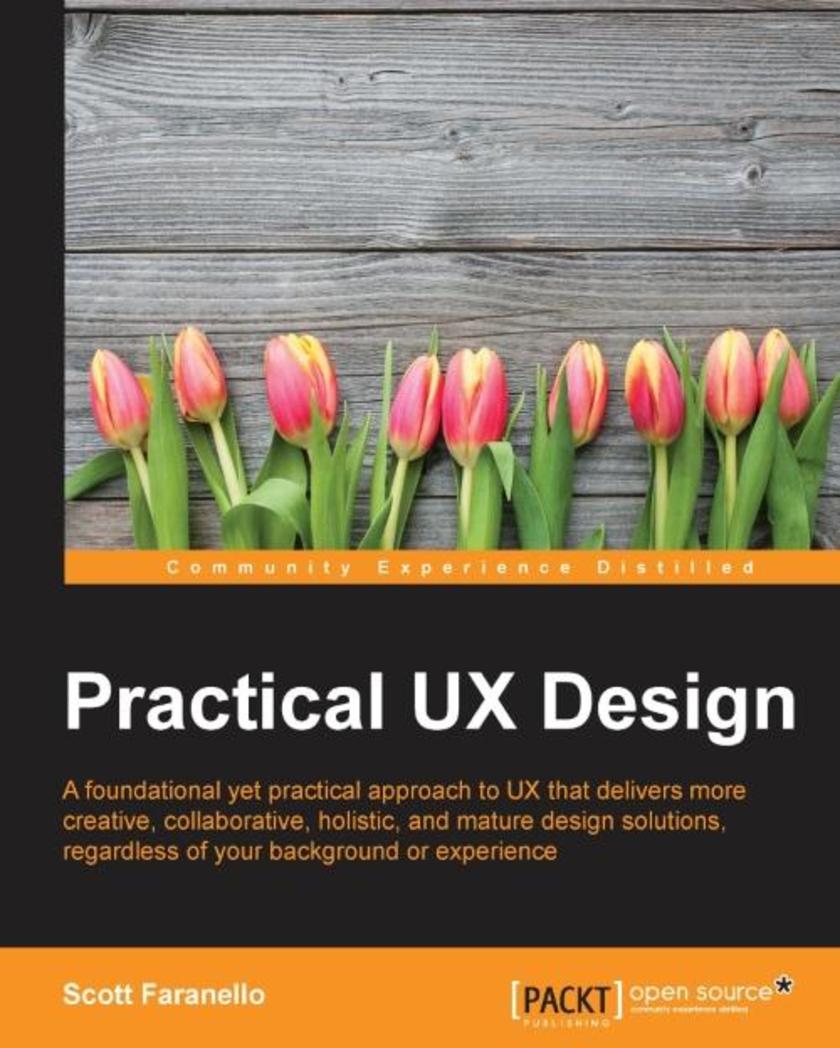
Practical UX Design
¥71.93
A foundational yet practical approach to UX that delivers more creative, collaborative, holistic, and mature design solutions, regardless of your background or experience About This Book Improve your UX design awareness and skills Gain greater confidence to know when you have delivered a “good” UX design Learn by example using a book designed by a UX mind for a UX mind Who This Book Is For This book is written for the beginner as well as the experienced UX practitioner, regardless of team size, company size, or job title. It is also intended for anyone with an interest in UX, engages with UX, is involved in any way in interactive problem solving and design, or simply wants to learn more about what we do, how we do it, and why those in the UX field are so passionate about wanting to do it better. What You Will Learn Awaken your UX mind and dispel the myths of non-UX thinkers Create the six optimal conditions for your best ideas to appear Identify and incorporate the ten design principles found in all good UX design Develop a broader understanding of Information Architecture (IA) to better engage, guide, and inform Develop a fundamental understanding of patterns and the properties that create them Raise your level of UX maturity with a strategy that transforms your approach to problem solving and helps others understand the true value of your work Utilize important tools of the UX trade that never go out of style Increase your knowledge of UX, incorporate valuable ideas and insights into your work, and look at design from a very unique perspective In Detail Written in an easy-to-read style, this book provides real-world examples, a historical perspective, and a holistic approach to design that will ground you in the fundamental essentials of interactive design, allow you to make more informed design decisions, and increase your understanding of UX in order to reach the highest levels of UX maturity. As you will see, UX is more than just delighting customers and users. It is also about thinking like a UX practitioner, making time for creativity, recognizing good design when you see it, understanding Information Architecture as more than just organizing and labeling websites, using design patterns to influence user behavior and decision making, approaching UX from a business perspective, transforming your client’s and company’s fundamental understanding of UX and its true value, and so much more. This book is an invaluable resource of knowledge, perspective, and inspiration for those seeking to become better UX designers, increase their confidence, become more mature design leaders, and deliver solutions that provide measurable value to stakeholders, customers, and users regardless of project type, size, and delivery method. Style and approach An in-depth, easy to read, and entertaining journey into and through the world of UX using real-world examples, thoughtful illustrations, and engaging quotes to inspire and explain fully the how and why of UX in a practical and impactful way and used immediately in your own work.
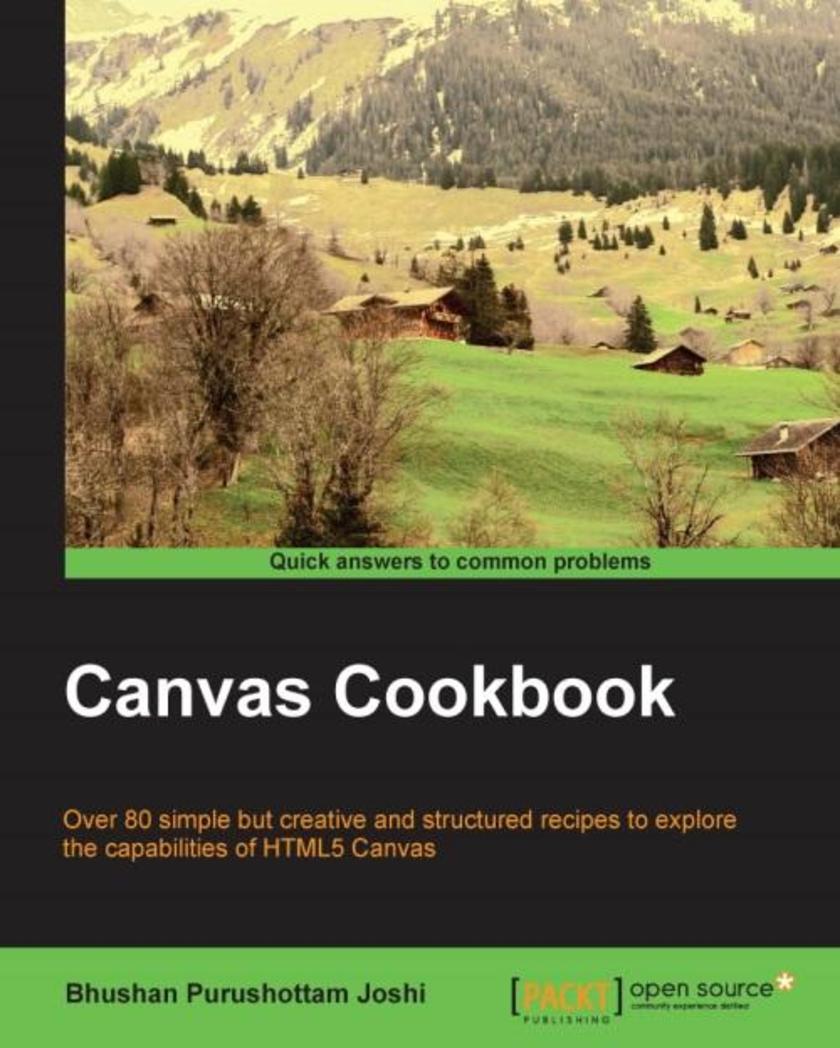
Canvas Cookbook
¥80.65
Over 80 simple but creative and structured recipes to explore the capabilities of HTML5 Canvas About This Book Develop simple to advanced recipes of your own, and ultimately produce a great application Discover a better way to use HTML5 Canvas, JavaScript, and CSS Put your creative instincts to use in your day-to-day interface developments Who This Book Is For The book is intended for readers with a preliminary knowledge of JavaScript and CSS. Whether you're a beginner or expert in this technology, the book provides recipes to help you build your own application, presentation, or game. What You Will Learn Draw basic shapes such as lines, arcs, curves, and text using the coordinate system Learn about the animation cycle and use it to animate shapes Grasp the knowledge required to create particles and use them Give various effects to images and videos and also use them in animations Discover the use of event listeners to make recipes interactive and to handle events through event handlers Create good presentation graphics with graphs and charts Learn all about 3D development, from building 3D objects to animating them Convert your knowledge into a complete working game Understand the interoperability and deployment of recipes on different browsers and on different devices In Detail With the growing popularity of HTML5 Canvas, this book offers tailored recipes to help you develop portable applications, presentations, and games. The recipes are simple yet creative and build on each other. At every step, the book inspires the reader to develop his/her own recipe. From basic to advanced, every aspect of Canvas API has been covered to guide readers to develop their own application, presentation, or game. Style and approach All the recipes are sequential and cover the basic and advanced concepts of Canvas. Every recipe is as simple as possible without compromising creativity
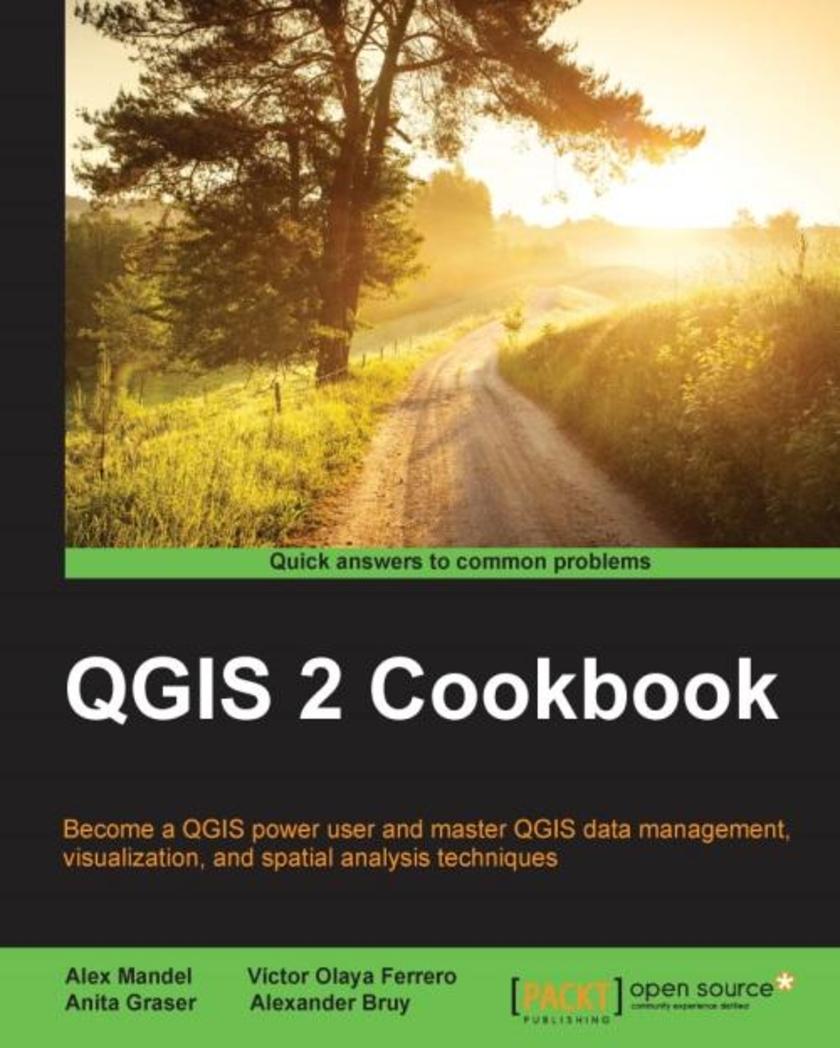
QGIS 2 Cookbook
¥90.46
Become a QGIS power user and master QGIS data management, visualization, and spatial analysis techniques About This Book Explore and create time-based visualizations and build interactive maps Maximize your use of the QGIS features, plugins and toolbox automation Packed with lots of sample datasets to enable a better understanding of the code Who This Book Is For If you are an intermediate GIS user, with either previous experience in QGIS or any other GIS application, this is the book for you. The recipes can be used to learn more advanced techniques in QGIS or to replicate the functionalities equivalent to other GIS platforms. This book assumes that you already have a working QGIS system in place. What You Will Learn Import and export common tricky spatial data formats Perform classic vector and raster analysis with QGIS Utilize spatial databases and data management tools Use and create geographic web services and maps Explore and create time-based visualizations Perform network building and routing analysis Extend QGIS capabilities with popular plugins and toolbox automation Make beautiful and unique maps with customized cartography In Detail QGIS is a user-friendly, cross-platform desktop geographic information system used to make maps and analyze spatial data. QGIS allows users to understand, question, interpret, and visualize spatial data in many ways that reveal relationships, patterns, and trends in the form of maps. This book is a collection of simple to advanced techniques that are needed in everyday geospatial work, and shows how to accomplish them with QGIS. You will begin by understanding the different types of data management techniques, as well as how data exploration works. You will then learn how to perform classic vector and raster analysis with QGIS, apart from creating time-based visualizations. Finally, you will learn how to create interactive and visually appealing maps with custom cartography. By the end of this book, you will have all the necessary knowledge to handle spatial data management, exploration, and visualization tasks in QGIS. Style and approach This book covers practical examples, with step-by-step instructions on how to use real world data covering common GIS operations and the different analysis techniques. It provides detailed explanations and applications of QGIS concepts that will allow the user to effectively analyze spatial data.




 购物车
购物车 个人中心
个人中心



